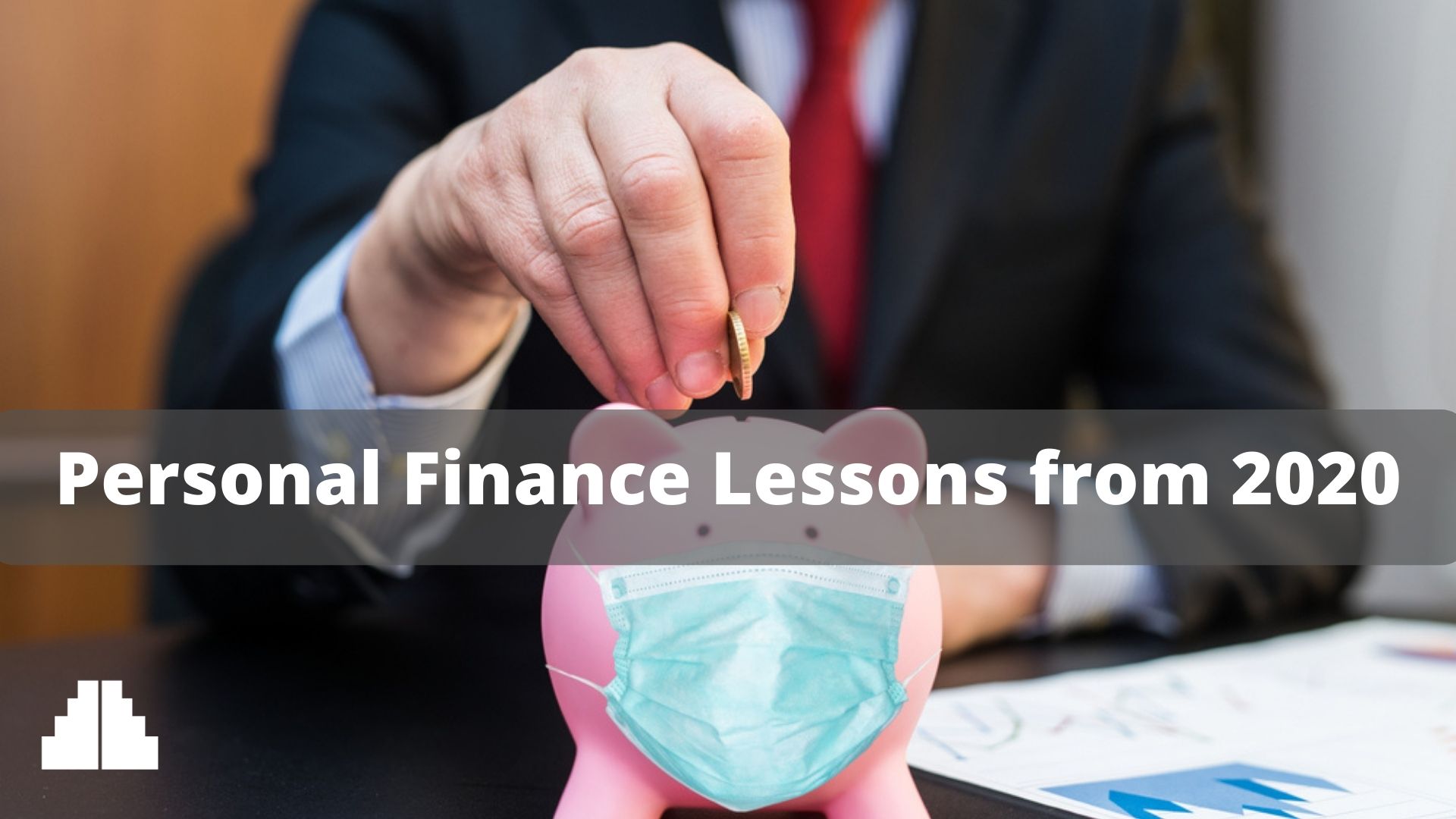
Personal Finance Lessons from 2020
2020 is coming to an end, and for a lot of people, it can’t end soon enough. Although the turning of the calendar into 2021 may not signal the end of bad times for many people experiencing financial woes this past year. It certainly has been an interesting year to say the least, and has illuminated some things about personal finance that are worth taking note of.
The COVID pandemic has laid bare the need for everyone — even those with steady, reliable incomes — to have a nest of savings for a rainy day. 2020 has been one long, unrelenting rainy day for a lot of people, especially those deemed “not essential”.
Americans experienced unprecedented income disruptions with history-breaking numbers of job losses, furloughs and reduced hours cutting deeply into the revenue of hardworking people.
According to the U.S. Bureau of Labor Statistics, 17.75 million Americans didn't have a job in June 2020. However, another indicator, the employment-population ratio, reveals that the number of people that are currently not employed is much higher.
Retirees didn’t escape challenges either. Many were forced to cash in their retirements early so that they could afford to pay their bills during the economic downturn.
The CARES Act, which went into effect this past spring, allows savers to withdraw up to $100,000 from their 401(k) plans and waive the 10% early withdrawal penalty if they’re under age 59½.
While it’s hard to say exactly how many people took advantage of this because the distributions are spread among multiple providers, at Fidelity for example, 711,000 individuals took a CARES distribution between April and June. [3]
The bottom line is that while the pandemic has provided a dramatic example of why emergency savings are so vital to a healthy personal financial plan, keep in mind that unexpected events, including job losses and medical emergencies, can happen even in the best of times. The general rule of thumb for emergency savings is to set aside three to six months’ worth of living expenses. How much you may need personally, is a conversation best had with your financial advisor, based on your personal circumstances and lifestyle goals.
But if ever there was a perfect example of why you need at least three to six months’ worth of savings set aside, 2020 stands on a hill as a shining reminder.
IMPORTANT DISCLOSURES
Material contained in this article is provided for information purposes only and is not intended to be used in connection with the evaluation of any investments offered by David Lerner Associates, Inc. This material does not constitute an offer or recommendation to buy or sell securities and should not be considered in connection with the purchase or sale of securities.
To the extent that this material concerns tax matters, it is not intended or written to be used, and cannot be used, by a taxpayer for the purpose of avoiding penalties that may be imposed by law. Each taxpayer should seek independent advice from a tax professional based on his or her individual circumstances.
These materials are provided for general information and educational purposes based upon publicly available information from sources believed to be reliable– we cannot assure the accuracy or completeness of these materials. The information in these materials may change at any time and without notice.
Some of this material has been provided by Broadridge Investor Communications Solutions, Inc.does not provide tax or legal advice. The information presented here is not specific to any individual's personal circumstances.
Member FINRA & SIPC.

